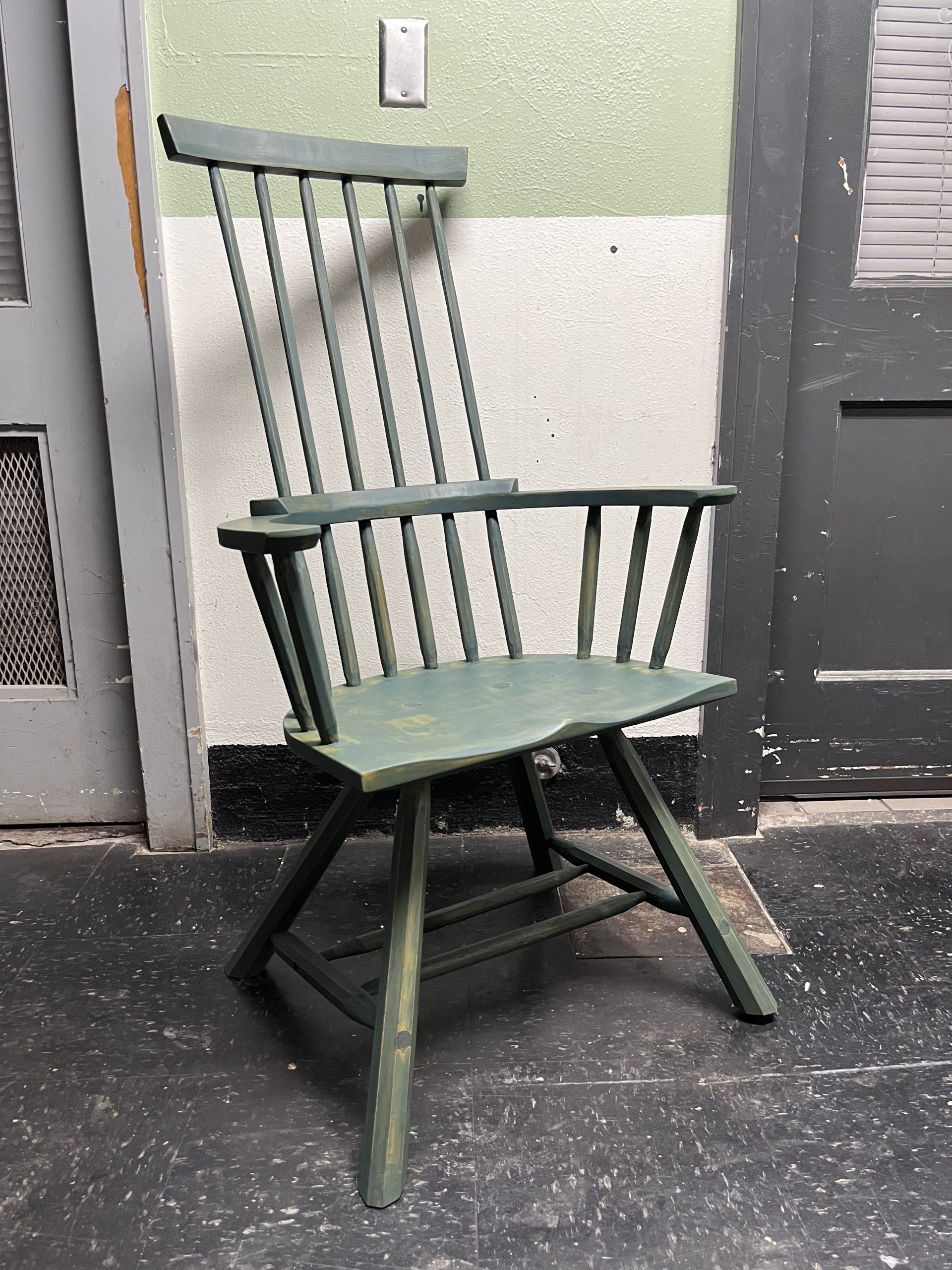I’ve read a lot of books published by Lost Art Press, but one category of theirs that I rarely dive into is their biographies. I’m more interested in techniques and products than I am in a history of a person’s life, so I mostly haven’t purchased those books. For that reason, I put off buying “Good Work” for years. I assumed the book was primarily a biography of John Brown, and while I’m inspired by his techniques and furniture, I’m not that interested in the man himself. But since I’ve been on a chairmaking kick lately (and have already read a lot about stick chair techniques), I decided to give the book a shot.
I’m glad I did! The bulk of the book is actually not a biography, but rather reproductions of articles John Brown wrote in an English woodworking magazine in the 90s. That’s exactly the kind of stuff I love to read: his design thoughts and woodworking techniques and philosophy. The book is definitely a biography: it describes his life and personality and relationships. But that mostly serves as a backdrop to those reproduced magazine articles, giving you some background to understand his perspective and how those published techniques and opinions manifested in his work and personal life.
I wasn’t surprised to find John’s articles expressed opinions I hold myself. For example he very often writes negatively about following plans for woodworking projects:
It is nearly impossible to be original. All you can do is make small adjustments to stamp your own personality on your work. A woodworker who buys plans and works slavishly to a design by someone else will not be making their own piece, however perfect the workmanship.
John Brown, “Good Work,” p.77
I feel the same way. Fairly often when I share a piece with an audience of woodworkers, I’ll be asked what plans I used. I never use plans. I don’t understand the purpose of plans. Unless you’re building a piece specifically to be a reproduction, every piece of furniture you build is going to have some unique constraints: where it fits in the room, or what objects have to fit in a cabinet’s drawers. You need to build the design around those constraints, once you have them. No plan can ever know in advance what your constraints are. What’s important is to have a good set of woodworking techniques to work from, which you can use to assemble your design around your constraints. It was fun and validating to find an inspiration of mine sharing these opinions I’ve often thought about myself.
Anyway, this book surprised me. I expected a biography and got an excellent set of woodworking techniques, design ideas, and philosophy.
